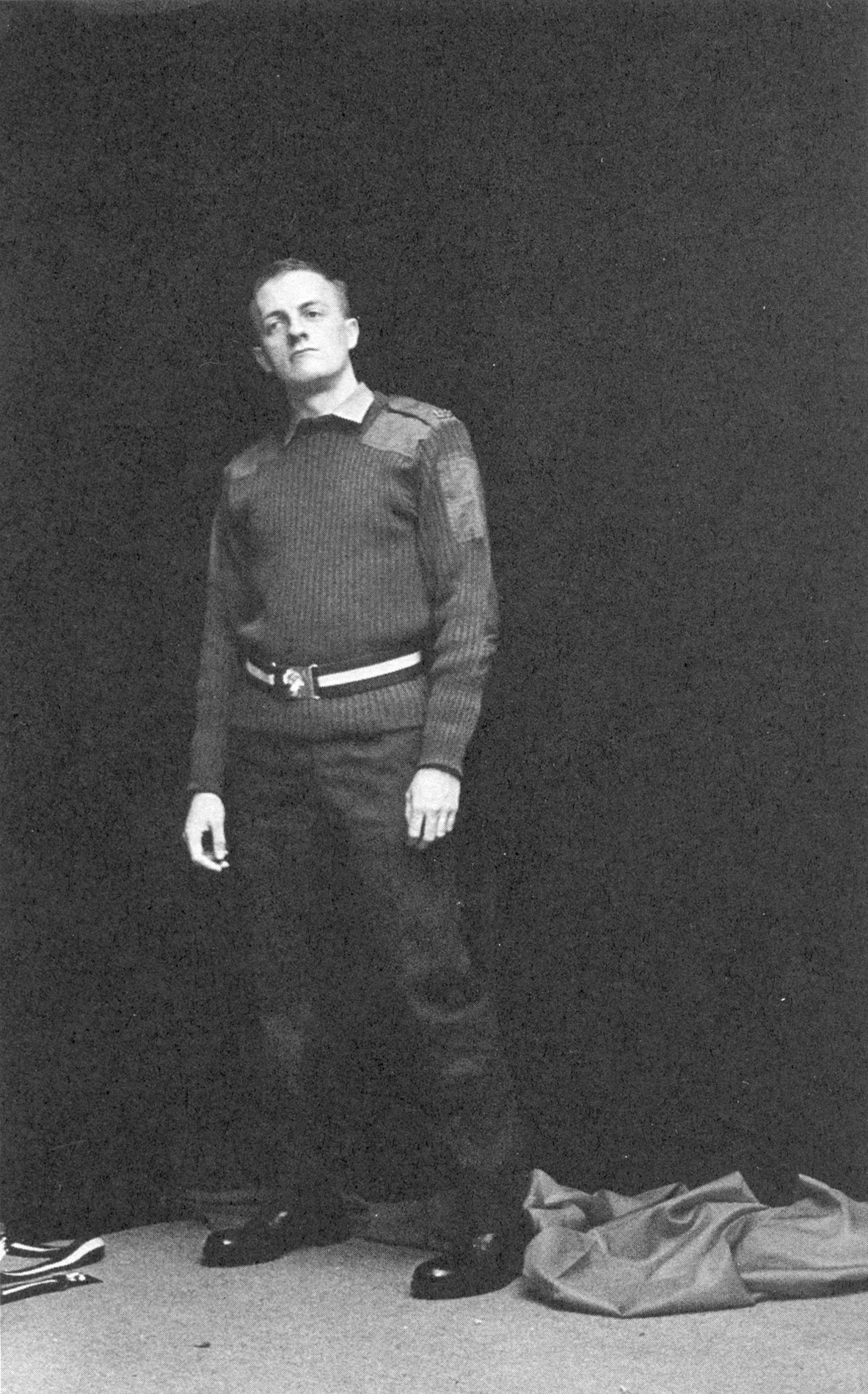Contents
About the Book
In 1986 Derek Jarman started filming THE LAST OF ENGLAND, one of his most original and innovative films. It is also his most personal work, with the strongest autobiographical content. Shortly after filming began Derek Jarman started work on this book, which contains diary entries, interviews and notes from the script. Jarman writes of his extraordinary childhood and his kleptomaniac father; the process by which he came to terms with his sexuality; his early work as painter and designer; and finally his debut as a film director. Throughout, however, the reader will follow Jarman at his most fervent, as he writes of the corruption of the cinema industry, of the moral and personal consequences of the AIDS virus, and of the evils of Thatchers Britain.
About the Author
Derek Jarman was born in London in 1942. His career spanned decades and genres, from painter, theatre designer, director, film maker, to poet, writer, campaigner and gardener. His features include Sebastiane (1976), Jubilee (1978), Caravaggio (1986), The Last of England (1987), Edward II (1991) and Blue (1993). His paintings for which he was a Turner Prize nominee in 1986 continue to be exhibited worldwide, and his garden in Dungeness remains a site of pilgrimage to fans and newcomers alike.
Derek Jarman
K ICKING T HE P RICKS

This ebook is copyright material and must not be copied, reproduced, transferred, distributed, leased, licensed or publicly performed or used in any way except as specifically permitted in writing by the publishers, as allowed under the terms and conditions under which it was purchased or as strictly permitted by applicable copyright law. Any unauthorized distribution or use of this text may be a direct infringement of the authors and publishers rights and those responsible may be liable in law accordingly.
Epub ISBN: 9781473559042
Version 1.0
1 3 5 7 9 10 8 6 4 2
VINTAGE
20 Vauxhall Bridge Road,
London SW1V 2SA
Vintage is part of the Penguin Random House group of companies whose addresses can be found at global.penguinrandomhouse.com.
Copyright 1987, 1997 by The Estate of Derek Jarman
Derek Jarman has asserted his right to be identified as the author of this Work in accordance with the Copyright, Designs and Patents Act 1988
First published in Great Britain as The Last of England by Constable, 1987
penguin.co.uk/vintage
A CIP catalogue record for this book is available from the British Library
Contents
ACKNOWLEDGEMENTS
I am grateful to the following for allowing me to use their photographs in this book: Mike Laye, Mark Plested, Isobel Schneyder, Ray Dean, Bridget Holm, Alastair Thain and the Anthony DOffay Gallery. The photographs on the following pages were taken on location during the filming of The Last of England by Mike Laye and are copyright 1987: are by Ray Dean.
And thanks to Keith, Shaun, Nick, Mike and Stephen for all your help.

I

The Last of England started filming in August 1986.
These diary entries, interviews and notes for the script were written during the following weeks.
The book starts with my original ending for the film The Ship Sails and takes us on a journey back in time and forward into an uncertain future
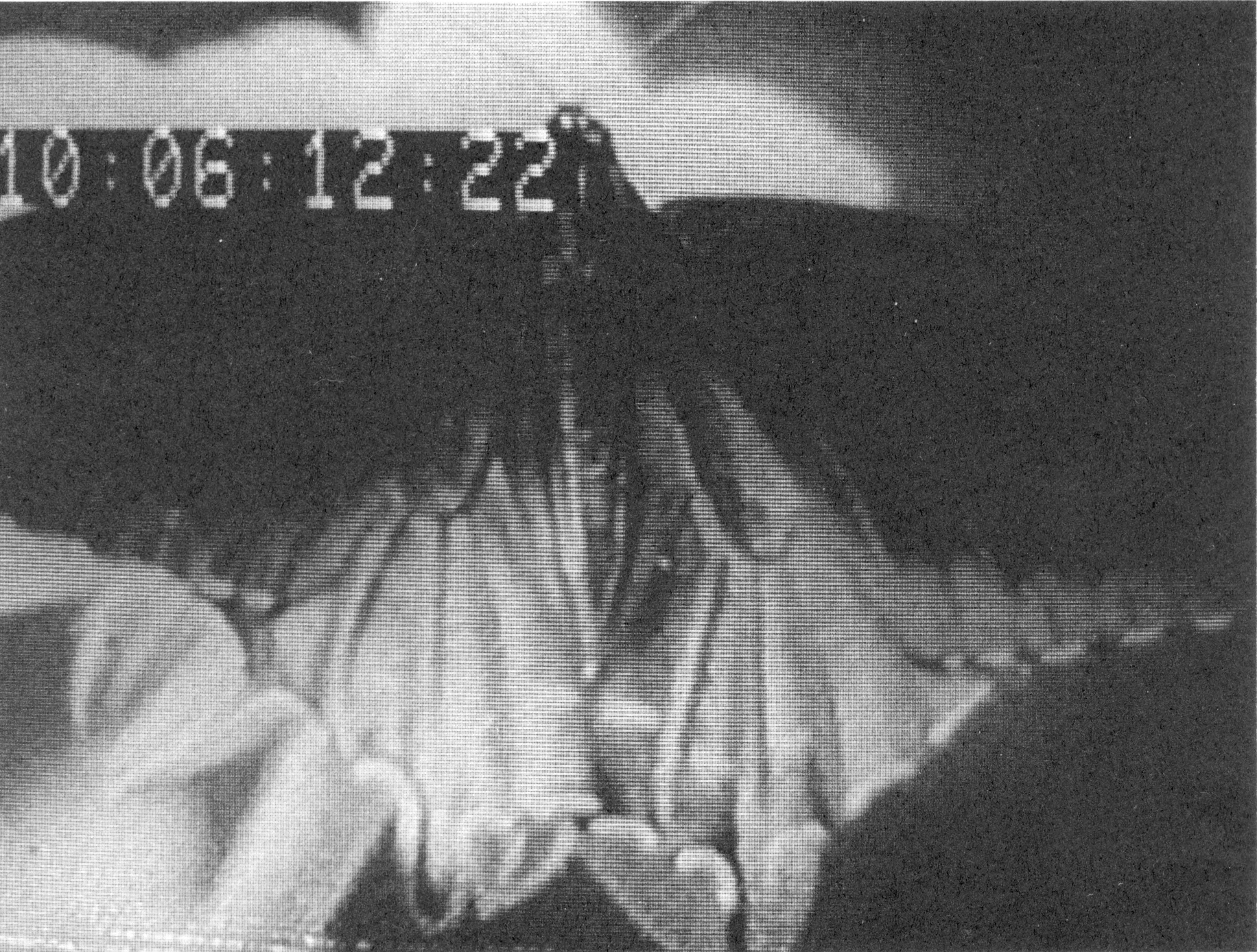
The Last of England: Psyche/Logos Soul/Word
THE SHIP SAILS
Elizabeth IIs boarding Britannia. Flunkies with greasy ill-fitting wigs hold bunches of freeze-dried flowers, souvenirs of a thousand royal occasions. Lilibet brandishes her riding whip at the photographers.
Fucking carrion crows.
The words are drowned by the mournful siren of the departing ship. The cold March wind blows a patter of freezing hail. The siren wails. Hurry! Hurry! Hurry! The Earl Marshal wheels on his charger, glowering under frosted eyebrows. Threadbare dukes and duchesses lugging mangy cabin trunks with fading stickers: Thomas Cook, P and O, Capetown, Sydney, Hong Kong and Singapore, struggle up the gang-plank. A jet screams overhead, Lilibet stumbles and her crown rolls into a thicket of barbed wire. A rocket flashes like lightning through the cold black clouds and explodes in the iron grey waves with a dull thud. A horse bolts and tramples a lady-in-waiting.
Northumberland and Leicester, Dorset and Essex, all down Maam. Lilibet, eyes blazing, whips the stragglers, kicks the unwilling corgis into the dock.
Left, right, left, right, barks the Earl Marshal. The ship sails over the horizon with its geriatric cast. Hell-bent for a rendezvous with their assets in Laguna, far in the jammy West where the Imperial sun has not yet set. Leaving the rotting shires to rot.
After they have gone, in the deathly silence a small boy dances on the quay, throwing a last stone for England and St George.
He returns home later.
Where yer fucking been Johnny?
No one got killed in that film Mum. Its a con. Cant wait to grow up and get into Star Wars.

EDITING THE LAST OF ENGLAND
The editing of The Last of England is going well. We clocked up 55 minutes of film this afternoon. Angus and I assemble the film as we go. Video editing, unlike film editing, is sequential, you go from A to B. Its very hard to hop around as each time you recopy the image you lose quality and eventually sync as the time code deteriorates. 55 minutes in two weeks is good going. We start at around ten in the morning and check out at about 5.30; six hours of watching the time code is exhausting and we start to slip like the edits in this simple machinery.
The machines also warm the room, so by tea-time its suffocating. We edit about five minutes a day, the watershed was last Friday when we pieced together a disco sequence, cut like a pop promo. I brought it back home in the evening, and showed it to Shaun who up to this moment had been polite but rather indifferent; he lit up and said it gave the work an epic quality.
Music video is the only extension of the cinematic language in this decade, but it has been used for quick effect, and its often showy and shallow.
The images in the disco are not arbitrary, although there is an element of chance in the way they rattle along. The cutting is staccato, and aggressive. It would not be possible to cut film this way, although theoretically you might attempt it. 1600 cuts in six minutes. The sequence crashes into the film unexpectedly, the pace is relentless. It should wind the audience. Why do I want to do this?

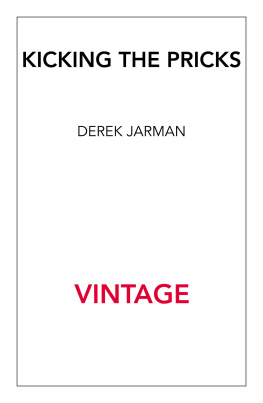
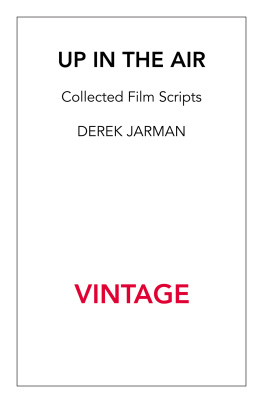
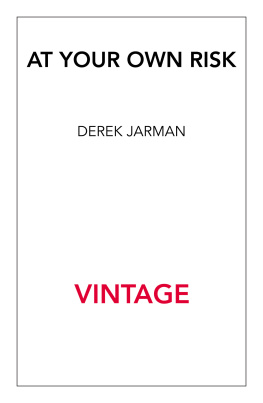
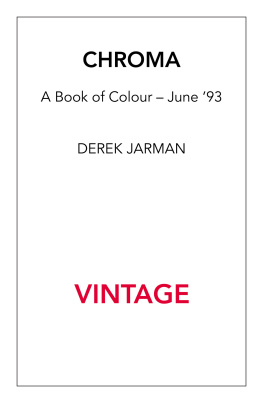
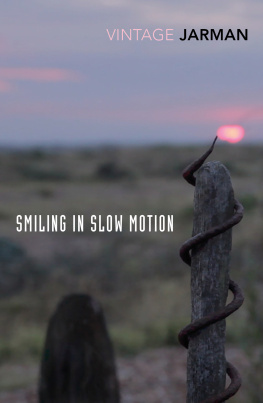
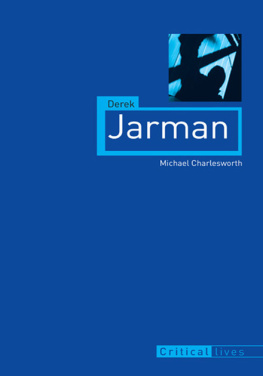

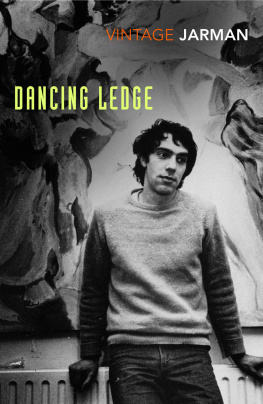
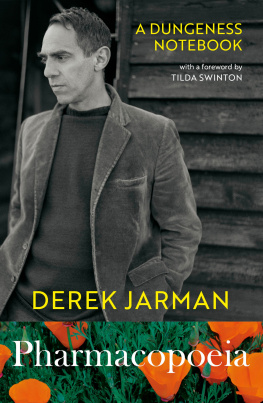


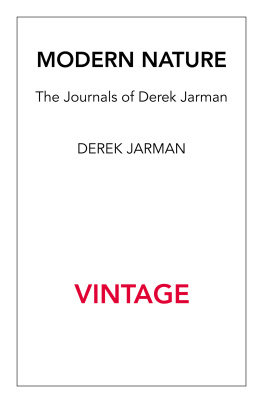




 I
I 


